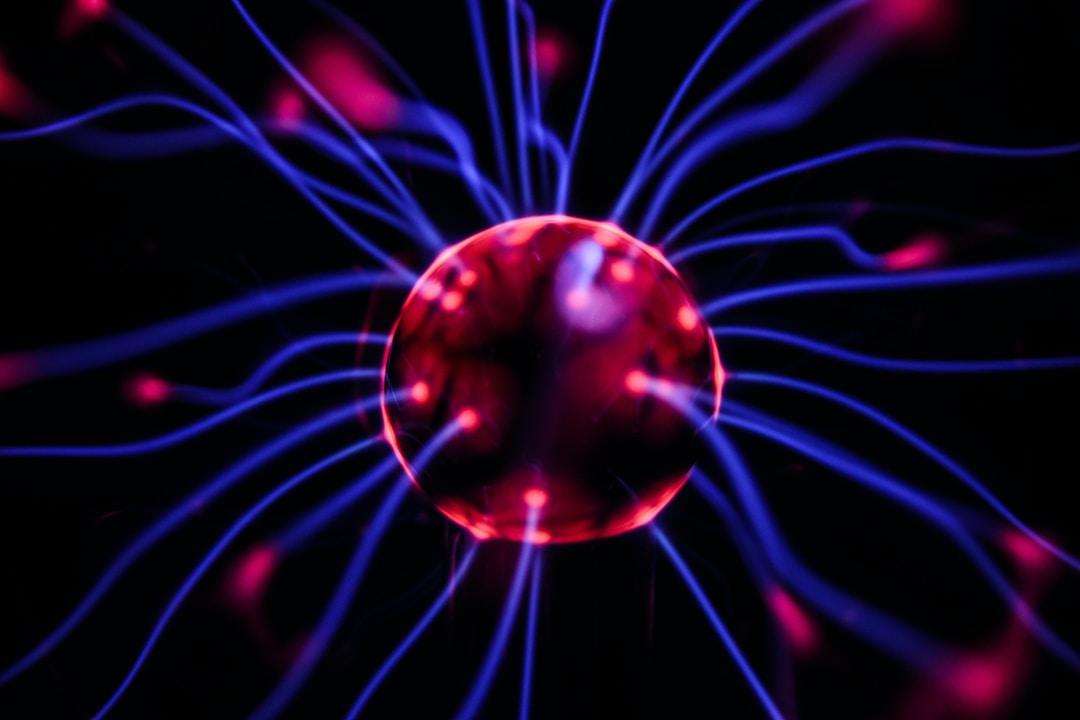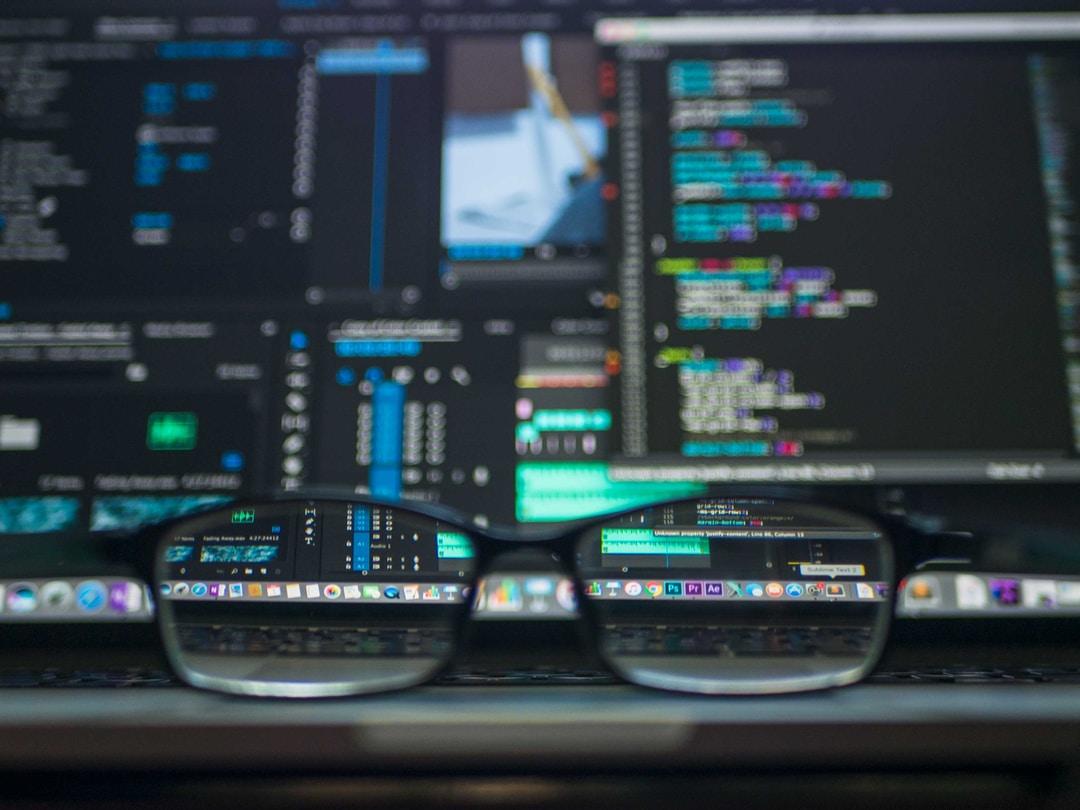The 21st century is turning into the fruition of an Isaac Asimov novel as we experience a new reality with driverless cars, artificial intelligence, and the mapping of the human genome. It makes sense to want to play catch up so that one does not get labeled as a dinosaur. It’s becoming necessary to ask questions like, “What is machine learning?”, “What is deep learning?”, and “What is a neural network, and how does it relate to artificial intelligence?”
Neuroscience

Neural networks exist both as artificial neural networks and biological neural networks. That is because the artificial neural networks used for both machine learning and deep learning are based on the biological neural networks of the human brain.
A biological neural network starts with a single neuron. The neuron acts as both a receiver and transmitter for electrical transmissions. These neurons form synapses. These synapses form neural nets. These nets form nodes. These nodes form neural networks. These neural networks form the brain.
The mechanisms of the human mind are formed by these biological neural networks within the human brain. Prior knowledge, cognition, creativity, hypothetical reasoning, dreaming, and a host of other functions are also made possible through these biological neural networks. Throughout the history of artificial intelligence, computer scientists have based their computational models on the human brain. Therefore, profound knowledge of neuroscience can lead to a profound knowledge of the computational model used to create the artificial neural networks that are deployed in machine learning and deep learning.
Machine Learning and Deep Learning
While the smallest unit in a biological neural network is a biological neuron, the smallest unit in an artificial neural network is a single data point. A data point is where a single piece of information, or data, is entered within the cell of a dataset.
An artificial neuron, while not the very smallest part of an artificial neural network, is the smallest part of the neural network that puts the intelligence in artificial intelligence. Much like conventional computer programs, artificial neural networks run on switches, which are really conditional statements. An artificial neuron is the artificial neural network equivalent of a switch, and it is these switches that are the building blocks of the mighty algorithms that have permanently altered the face of 21st-century human existence.
Just like in biological neural networks, these artificial neurons form nodes. These nodes form neural nets. These neural nets form neural networks. These neural networks form the artificial intelligence programs that fuel the present day!

These algorithms can be trained to get better and better in a way similar to the way that the human brain develops skills based on prior knowledge. When a set of algorithms goes through a training cycle, it becomes a training set or training algorithm. When the training set gets to the point where it has learned a new skill, it becomes a learning set or learning algorithm.
If the programmer or administrator has to personally administer all of this training and learning, it is supervised learning. If a human does not need to administer this training and learning because algorithms have been trained to actually train other algorithms, it becomes unsupervised learning. It is unsupervised learning that separates deep learning from other types of machine learning.
These sets, when stacked on top of one another, become layers. Layers come in many categories, including the node layer, hidden layer, deep layer, next layer, input layer, output layer, convolutional layer, and others. The biological neural networks of the human brain are also stacked together to form layers.
Deep neural networks and deep-learning networks are formed from these layers. These deep neural networks can come in different categories such as convolutional neural networks (CNN) and recurrent neural networks (RNN). Applications of neural networks can be employed to create many innovations in pattern recognition, image recognition, facial recognition, speech recognition, object recognition, data visualization, feature extraction, medical diagnosis, and a host of other game-changers.
Leave a Reply